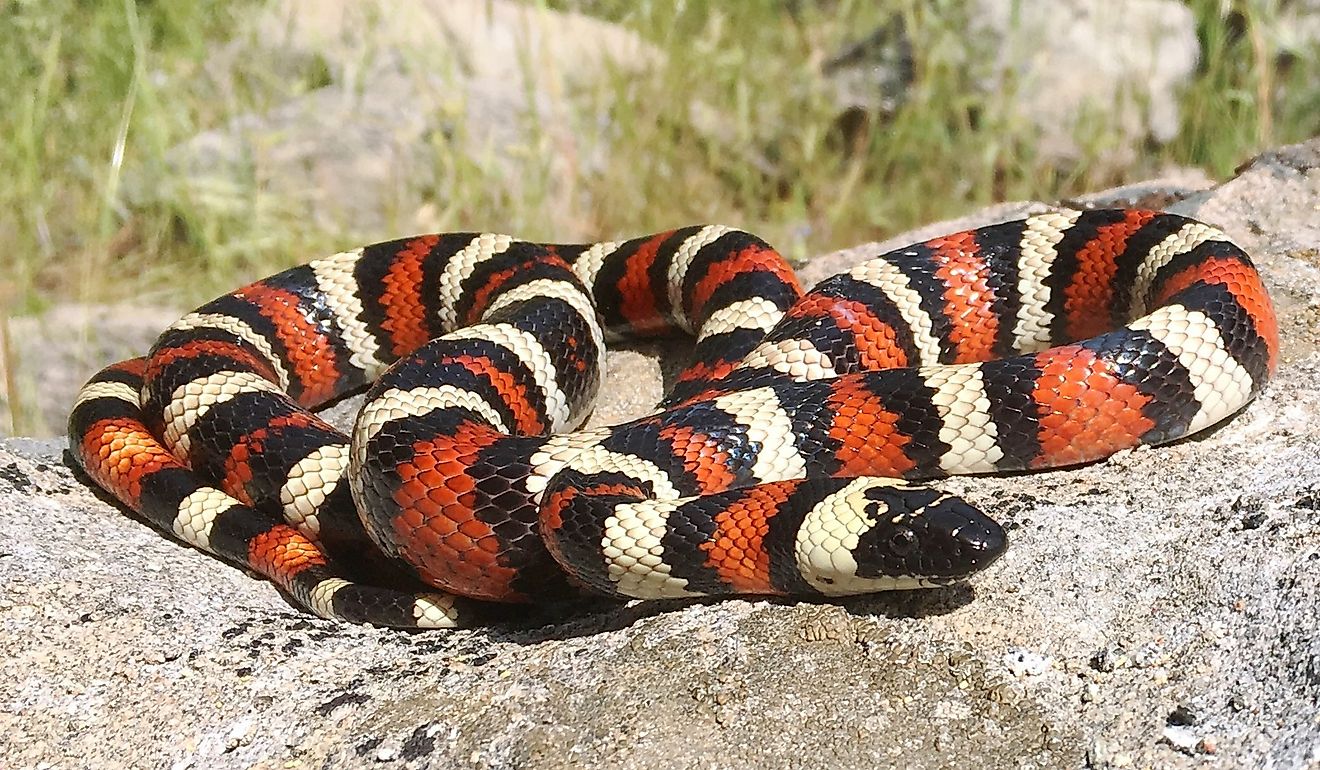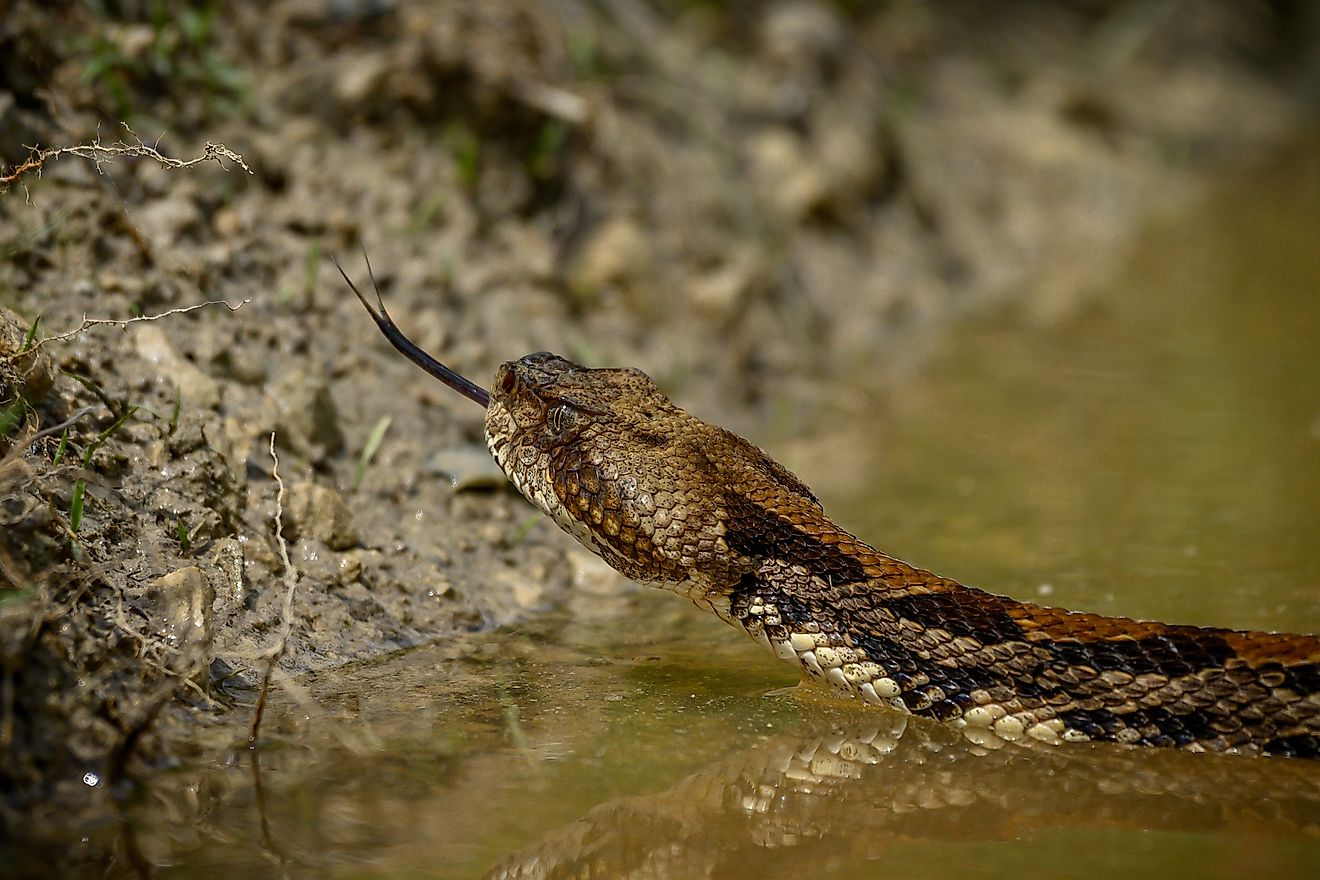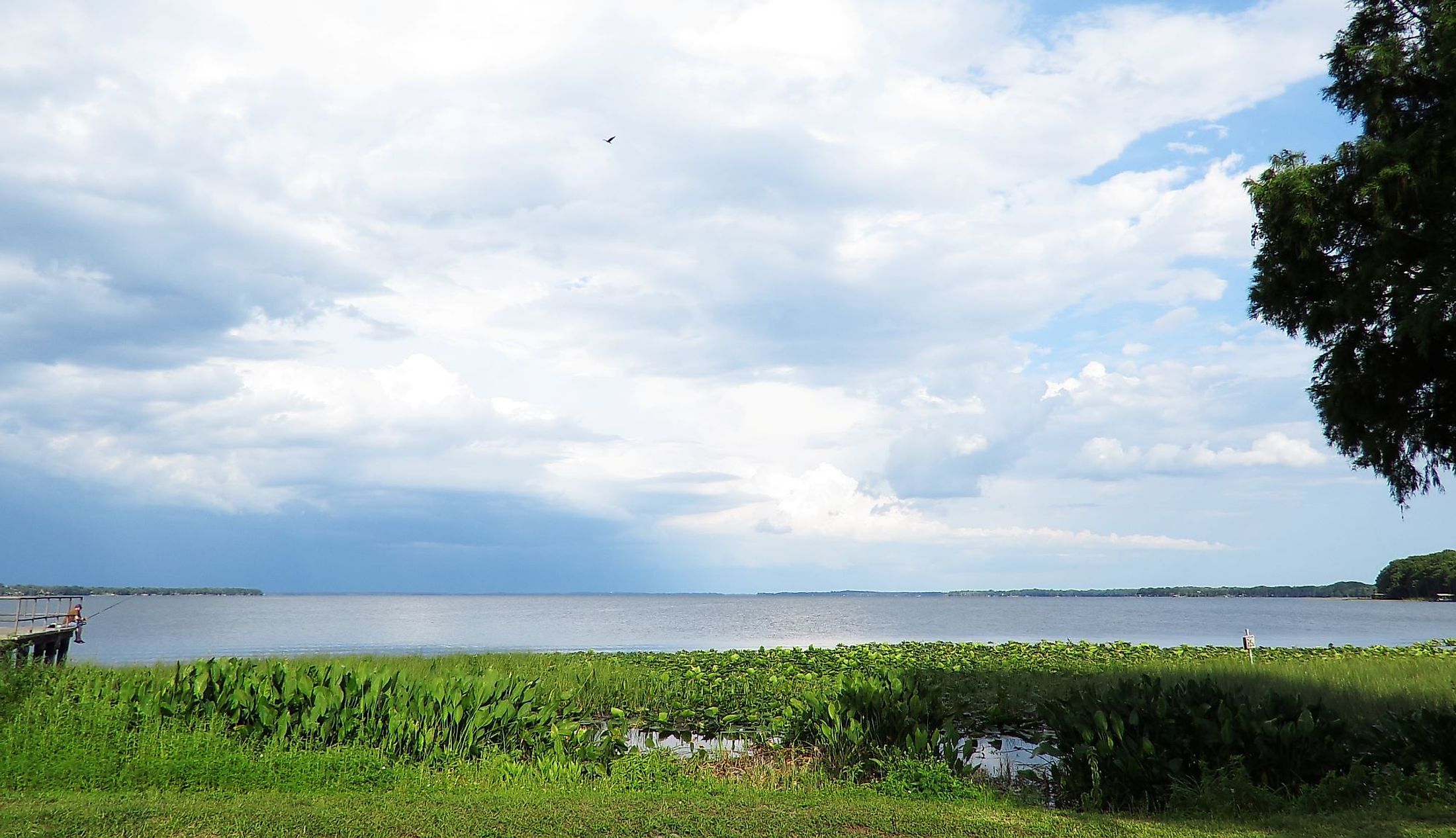
Lake Harris, Florida
One of Florida's largest and most picturesque lakes is Lake Harris. The major attractions in Lake Harris are boating and fishing. This 13,788-acre lake, which is one of the seven lakes that make up the "Harris Chain of Lakes," is a perfect example of the "Real Florida." The Harris Chain and Lake Harris have some of the best bass fishing in Florida and in the entire country.
Geography Of Lake Harris
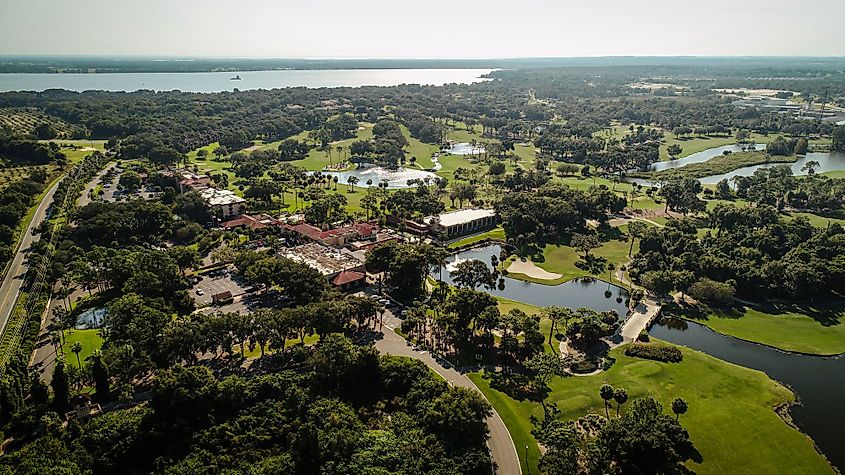
Lake County's Astatula, Eustis, Tavares, and Howey-in-the-Hills are home to a massive public lake known as Harris Lake. It is situated in the heart of Florida, 31 miles northwest of Orlando and immediately south and east of Leesburg. The lake forms a part of the sub-watershed of the St. Johns River known as the Upper Ocklawaha River Basin. More than 40 miles of Harris Lake's shoreline are available for fishing and other activities. The lake's depth ranges between 10 and 12 feet, and its southern shoreline features a deep 20-to-30-foot trench. Lake Harris is separated into Big Lake Harris and Little Lake Harris. All water east of the Howey Bridge is Little Lake Harris. Big Lake Harris is the body of water to the west of the bridge. There are boat ramps in Venetian Gardens off of SR 44 (Dixie Avenue), at the Hickory Point recreational area on SR 19 south of Tavares, at Singletary Park on the outskirts of Leesburg on U.S. Hwy 27, and in Astatula at a ramp on Florida Avenue west of CR 561. There are many private lakefront residences, boat docks, and waterfront buildings.
Etymology Of Lake Harris
Because early surveyors saw Lake Harris and Lake Eustis as one large lake, Lake Harris was also referred to as Lake Eustis on an 1823 map. According to the late local historian Walter Sime, the region between the two lakes, today known as the Dead River, was once known as The Narrows. Ebeneezer J. Harris complained to the Governor in a letter claiming that the lake was actually two lakes, which is how Lake Harris earned its name in 1850. Since he had canoed through the region, Harris desired that the lake be given his name.
Wildlife In Lake Harris
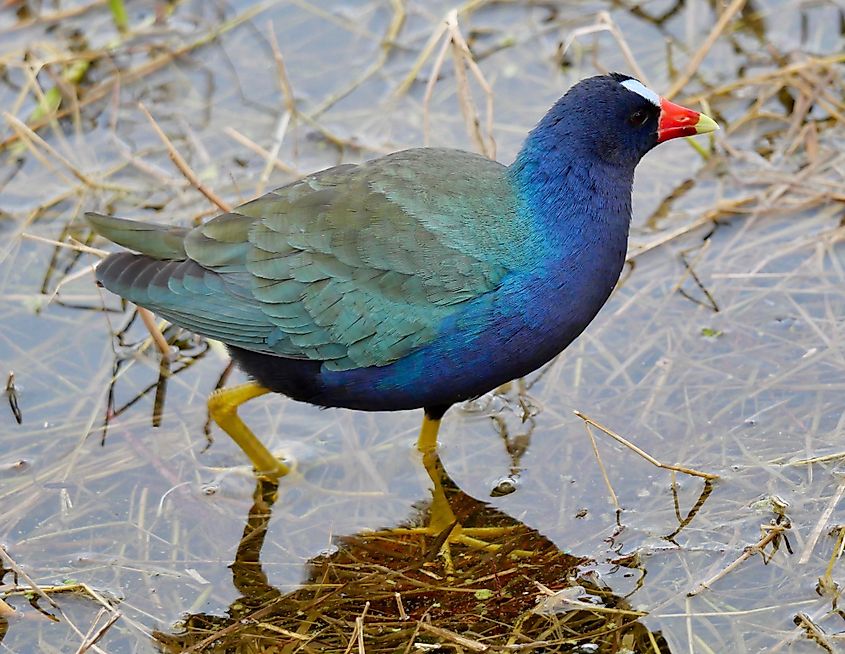
Lake Harris is a very active place for several animals. Many alligators, birds, ducks, squirrels, and other animals can be found here. Fishing for largemouth bass in Lake Harris may be highly successful, especially when the bass is spawning in the winter. Bass can be found in deepwater vegetation edges and canals almost all year long. Crankbaits, plastic worms, which are a local favorite, and topwater plugs can all be used to catch bass. Black crappie love to bite well on minnows, and they like to look around the Highway 19 Bridge and when floating on the open water portions of the lake. Lake Harris and the nearby canals are ideal places to find them. Bluefish often wait until April or May, whereas shell crackers frequently spawn here as early as March. The grassy regions at the far end of Little Lake Harris, as well as the lily pads and spatterdock tracts close to the 9th Street Canal near Leesburg, are recommended for those searching for bluegill beds. Near the 9th Street Canal and in Little Lake Harris, you can find the unusually large and thick shell crackers.
Significant Features
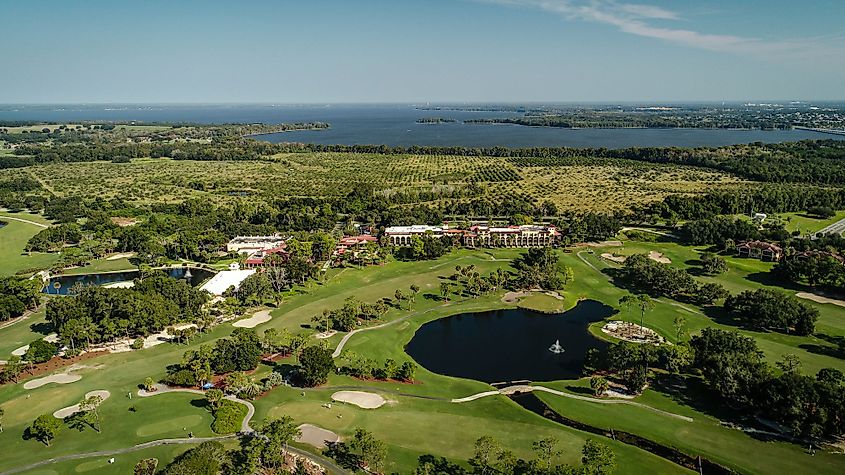
Little Lake Harris features a lot of canals with affordable waterfront properties. With canals that are well over 8 feet deep, the Lake Harris Shores development features the chain's deepest waterways. On the western side of Little Lake Harris is where the charming town of Howey-in-the-Hills is situated. The renowned Mission Inn Resort, with its two excellent golf courses, on-site tennis pro, lakeside marina, elegant restaurants, and luxurious homes, is also located in Howey. On the western shore of Lake Harris sits the city of Leesburg, which boasts a recently refurbished downtown and the lovely Venetian Gardens Waterfront Park. Along with an in-water marina and dry storage, the park has a public boat ramp.
Threats
There is a greater than 26 percent risk that 22 properties on Lake Harris Shores may experience severe flooding in the next 30 years. On the other hand, 163 properties on Lake Harris Shores could potentially experience wildfire damage also during the course of the next 30 years. Floods and wildfires can do more than just property damage; they can also shut off access to utilities, emergency services, and transportation, which may affect the region's general economic health. Therefore, it's crucial to abide by the lake's conservation regulations to preserve this stunning natural treasure.


